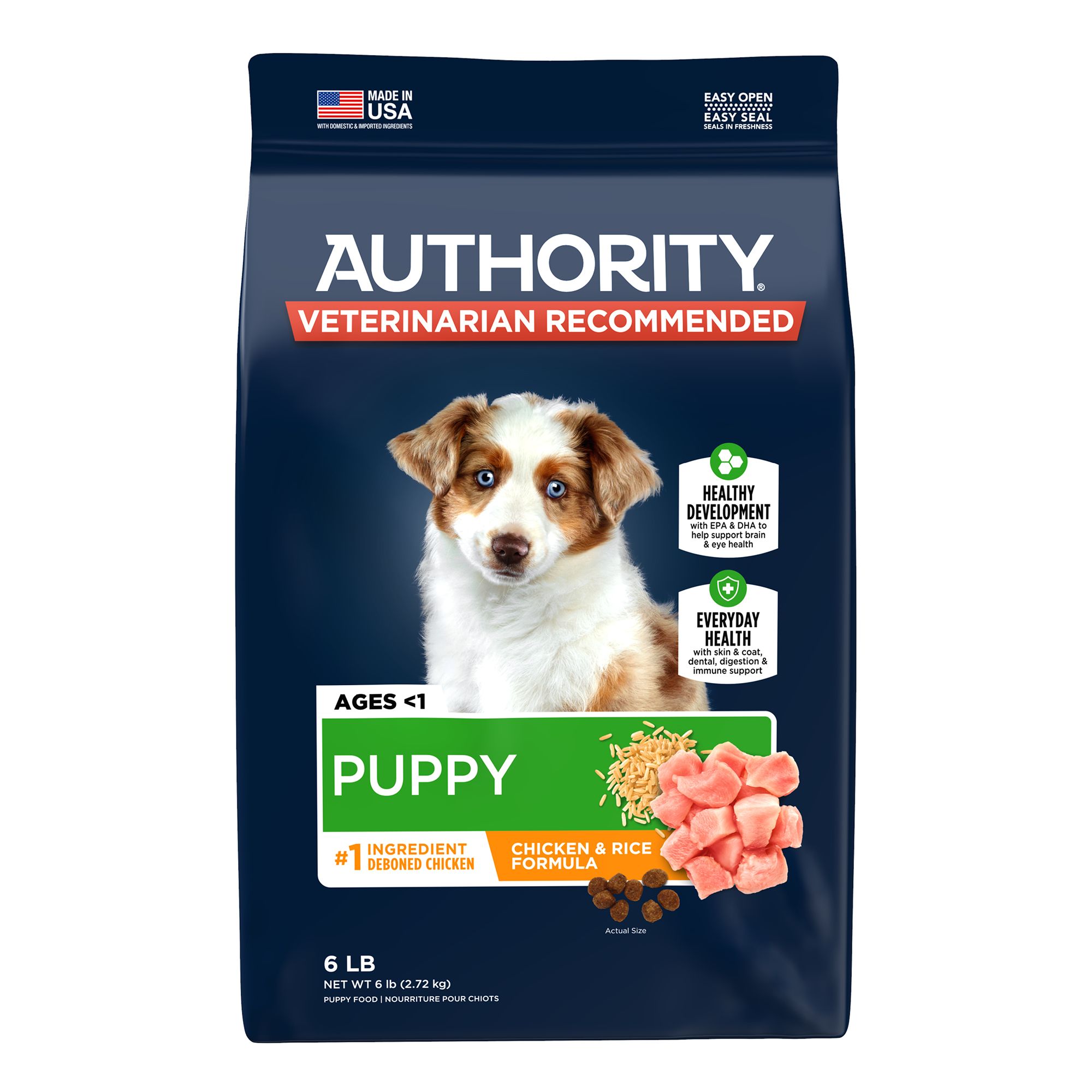Recipes Rack: Your Culinary Haven
Explore a world of delicious recipes, cooking tips, and culinary inspiration.
Paw-sitively Delicious: What Your Pet Really Wants to Eat
Discover the secret cravings of your pets! Unlock tasty tips and recipes they'll love in Paw-sitively Delicious. Your furry friend will thank you!
Top 10 Ingredients Your Pets Love (And Why They’re Good for Them)
When it comes to keeping our furry friends happy and healthy, the right ingredients in their diet can make all the difference. Here are the Top 10 Ingredients Your Pets Love, each chosen not only for their palatability but also for their health benefits:
- Chicken: A great source of protein that helps build and maintain muscle mass.
- Salmon: Rich in omega-3 fatty acids, it promotes a shiny coat and healthy skin.
- Sweet Potatoes: Loaded with vitamins and fiber, they aid digestion and provide sustained energy.
- Peas: Packed with vitamins, minerals, and protein, they support overall health.
- Carrots: A crunchy snack high in beta-carotene, beneficial for eye health.
- Pumpkin: Excellent for digestive health, it can help with both diarrhea and constipation.
- Blueberries: A superfood for antioxidants, they support the immune system.
- Eggs: A complete protein source, they’re rich in essential amino acids.
- Yogurt: Probiotic-rich for gut health and aids in digestion.
- Beef: Another high-protein option that is beloved by most pets.

Is Your Pet’s Food Truly Nutritious? Understanding Labels and Ingredients
When it comes to feeding your pet, understanding the nutrition behind their food is essential. Pet food labels can often be confusing, and many pet owners struggle to decipher the ingredients listed. Is your pet’s food truly nutritious? The first step in understanding these labels is to familiarize yourself with the key terms. Ingredients are typically listed in descending order by weight, meaning the first few ingredients are the most significant. Look for high-quality protein sources like chicken, beef, or fish as primary ingredients. Avoid foods with vague terms like 'meat by-products' that can indicate lower-quality ingredients.
Another vital aspect to consider is the presence of fillers and artificial additives. Some pet foods contain ingredients that serve no nutritional purpose, such as corn, wheat, or soy, which may be used as low-cost fillers. Furthermore, preservatives and artificial colors can not only detract from the nutritional value but might also pose health risks to your furry friend. To ensure that your pet receives the best possible nutrition, it’s essential to read labels carefully and choose brands that prioritize natural, wholesome ingredients. Taking the time to understand what's in your pet's food can ultimately lead to better health and a longer lifespan for them.
What Do Pets Really Want to Eat? A Deep Dive into Feline and Canine Preferences
Understanding what pets really want to eat involves delving into their natural instincts and preferences. Felines, for instance, are obligate carnivores, which means their diet primarily needs to consist of meat. This preference is rooted in their ancestral hunting behaviors, making high-protein diets essential for their health. Canines, on the other hand, are more omnivorous, enjoying a balanced mix of protein, carbohydrates, and fats. They often crave flavors and aromas that resemble those found in their ancestral diet, including meats and certain vegetables. So, what do pets really want to eat? Here’s a breakdown:
- Protein-rich foods
- Quality fats
- Minimal fillers and artificial additives
When it comes to meal preferences, pets each have unique tastes that reflect both their species and individual personalities. Many cats exhibit a strong preference for wet food, which not only satisfies their protein cravings but also helps with hydration. Meanwhile, dogs often enjoy the satisfaction of crunching on kibble while also thriving on occasional home-cooked meals that include a balance of meat and veggies. Keeping an eye on feline and canine preferences can make meal planning easier and ensure your pets are happier. Additionally, offering a variety of flavors in their diet can help maintain their interest in food:
- Rotate different protein sources
- Include wet and dry food options
- Consider treats that cater to their specific tastes